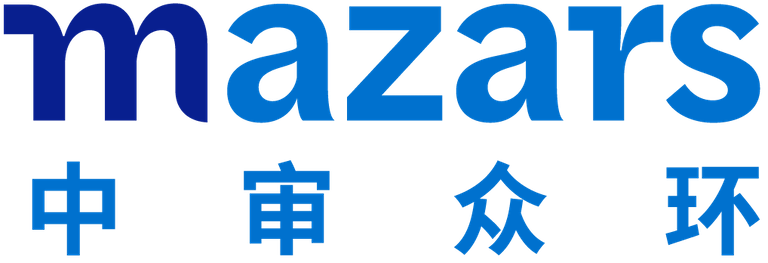REINSURERS’ FINANCIAL COMMUNICATION
As the role of reinsurance is continuously expanding, Mazars has analysed the latest financial disclosures of the top 10 reinsurers worldwide providing a comparative view for a better understanding of their risk profile and strategy
Reinsurance, also known as the “insurers’ insurance”, plays a key role in the global market economy today. Several factors, such as the strengthening of capital requirements, the increasing level of significant NAT CAT events or the need for optimal coverage is increasing the need for reinsurance.
Initially, insurance companies sought partnerships with reinsurers to obtain protection or financing for the risks they were underwriting. However, the role of reinsurance is continuously expanding and, in the current market circumstances, reinsurers propose a growing range of products that not only cover risks, but also offer financial solutions (especially for life business). It is also common to sell specific packages to improve the capital management of ceding companies.
As highlighted in our previous edition, we note that, overall, reinsurance companies are transparent when it comes to financial disclosures. Compared to 2017, the granularity of information provided remains stable and is in line with IFRS or US GAAP requirements. However, IFRS disclosures seem more comprehensive for intangible assets and deferred taxes.
Information is overall homogenous, enhancing the comparability of benchmarked companies. The most significant discrepancies were noticed on the recoverability of tax losses carried forward where few reinsurers disclose the full set of information.
Given that the US Tax reform was enacted on December 22, 2017, most benchmarked companies mentioned in their 2017 annual report that they are working on strategies to mitigate potential significant future tax effects. Thus, we followed up on this topic in this year’s study. Surprisingly, the 2018 annual reports do not provide much information. Although most benchmarked companies mention the impact of the US Tax reform in their 2018 disclosures, only two of them disclose precise figures in respect of the impacts in the financial statements.
In 2018, the P&C business continued to be hit by significant natural catastrophes such as hurricane Florence & Michael, typhoon Jebi, Trami & Mangkhut, the two Californian Wild Fires and storm Friederike. These events maintained a high level of loss-ratio at 70% in 2018 vs. 73.3% and 60% in 2017 and 2016, respectively.
Moreover, communication in respect of significant natural catastrophic events is still inconsistent. Some companies provide impacts either on a gross or net of retrocession basis. Also, some companies provide an impact per individual event while others provide a global cumulated impact for all events.
THE PANEL OF REINSURERS
In line with the benchmark study published last year, we have focused our attention on several companies whose core business is reinsurance. The companies targeted were selected based on the top 15 reinsurers in the world (based on gross written premiums), from which we excluded one Asian and one Indian company (Korean Re and the General Insurance Corporation of India) and two holding companies (Great West Lifeco and Transatlantic Holdings) due to comparability issues. Compared to last year, we excluded XL + Catlin due to its absorption by AXA and we included in the panel China Re. It should also be mentioned that some reinsurers have also direct insurance business, like Munich Re (via ERGO Group), which were not excluded from this study as we present consolidated group figures.
From a pure information perspective, we have also included AXA and Allianz, later called “selected insurers”, as we considered this information would allow a better understanding of the way reinsurers compare to regular insurers.
When it comes to Life reinsurance performance measurements they are differently disclosed as the performance indicators are not standardised across the industry. They vary from the operating result/margin, EBIT margin, life technical margin to event loss-ratio. Most benchmarked companies also disclose information in respect of new business.
Overall, we consider that this benchmark study allows a better understanding of the risk profile and strategy of each reinsurer via the different metrics and analysis disclosed.
We expect the introduction of IFRS 17 in 2022 to dramatically change the key performance indicators used by the industry and is an opportunity to reach a more harmonised approach in financial communication.
PRESS CONTACTS:
Guillaume WADOUX
Partner, Insurance
E:guillaume.wadoux@mazars.fr
M:+33 1 49 97 66 62
